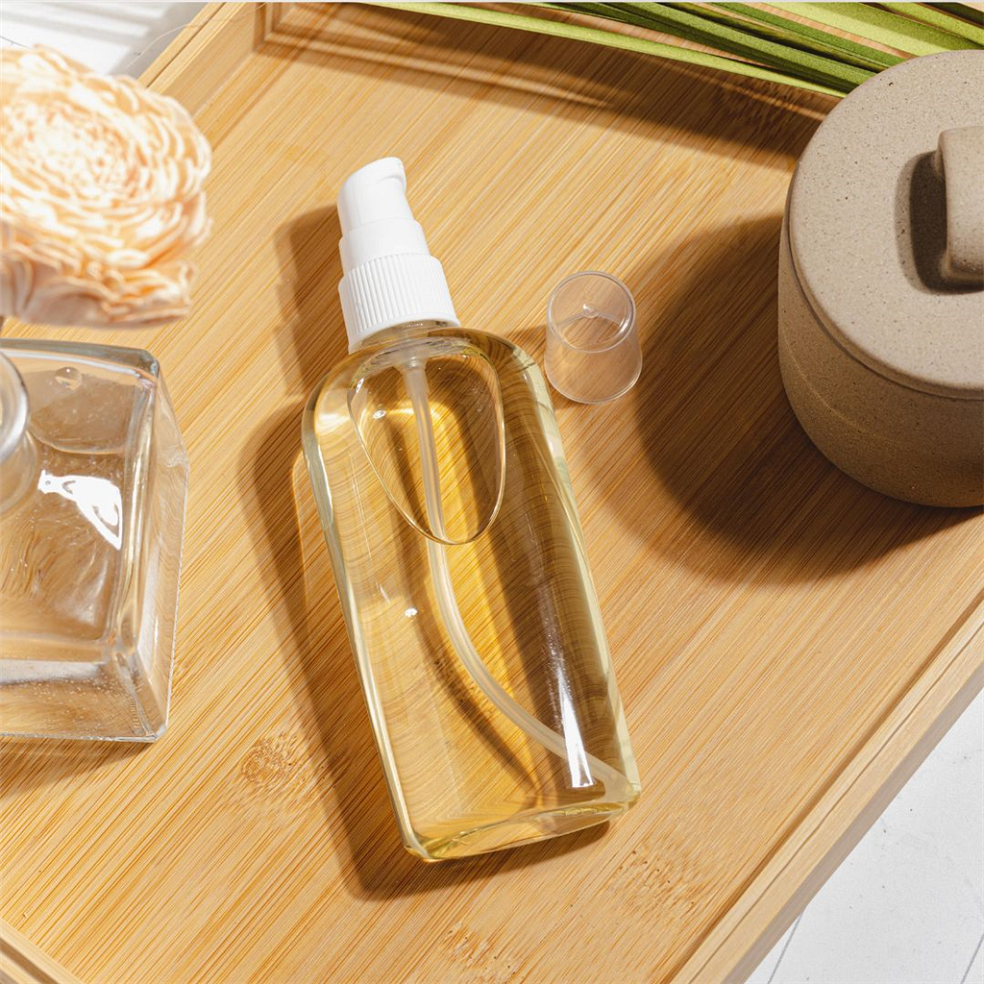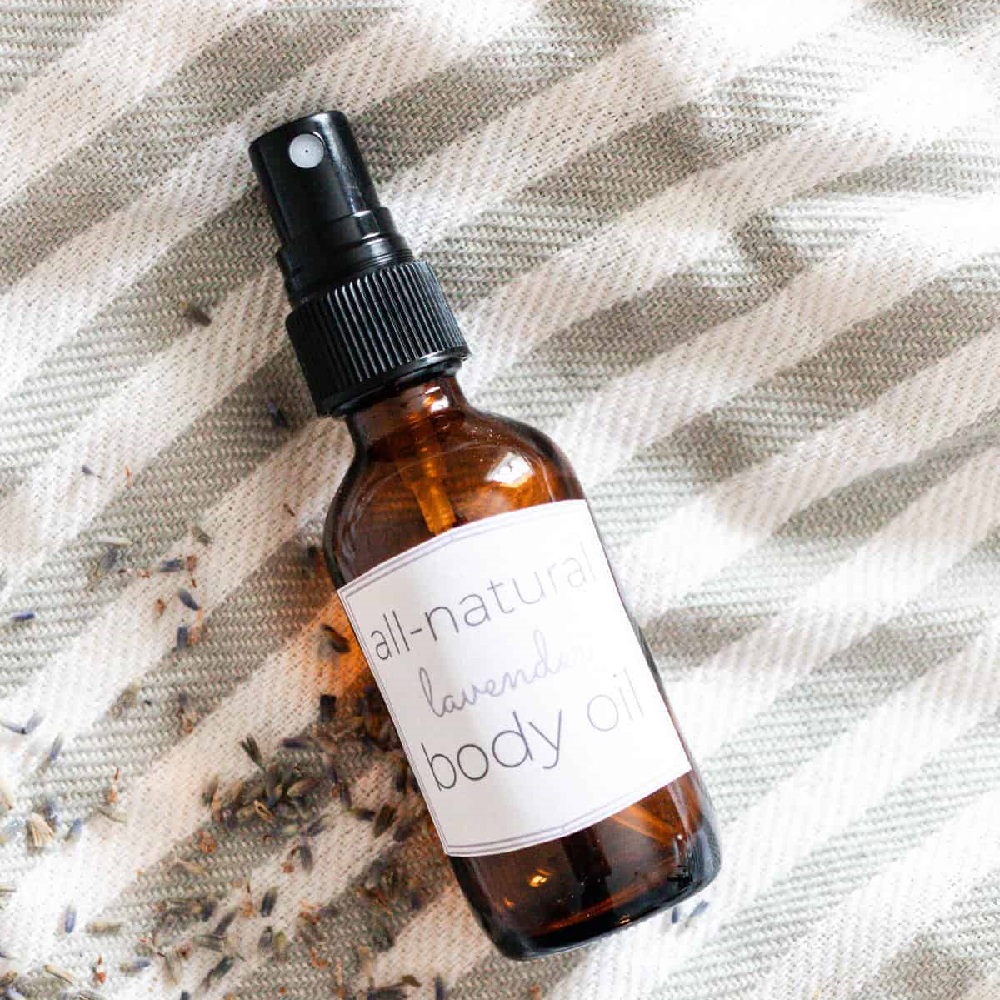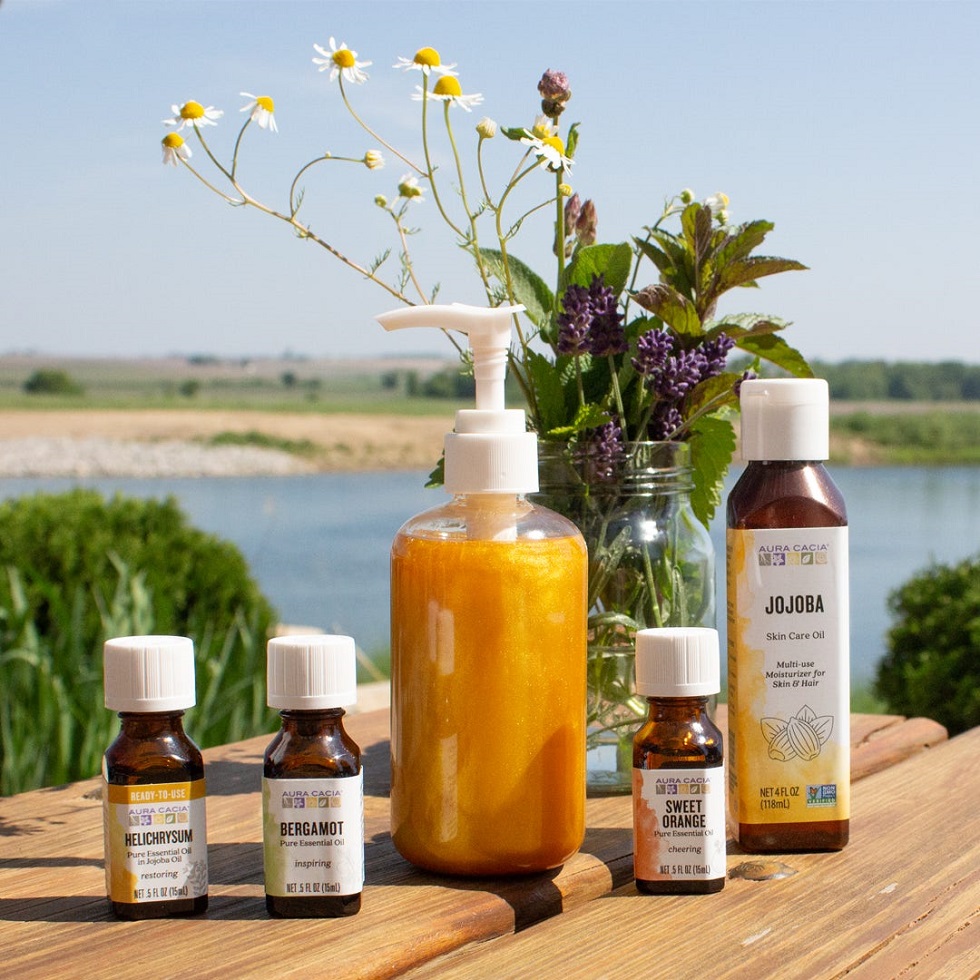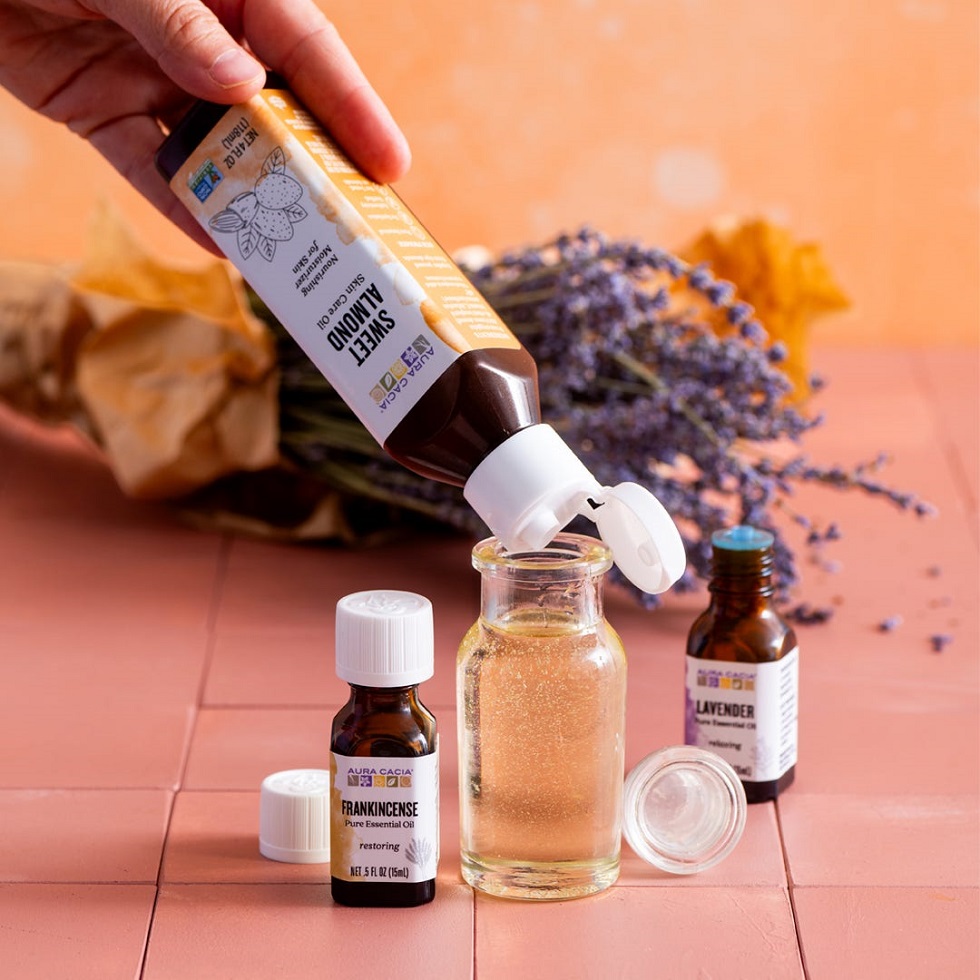Introduction to Homemade Body Oils
Creating body oils at home can transform your skincare routine. This simple, natural approach to moisturizing offers pure nourishment for your skin and can be tailored to your specific needs. It’s a rewarding DIY body oil that promotes environmentally-friendly practices and can also lead to cost savings compared to store-bought alternatives.
Benefits of Crafting Your Own Body Oils
Making your own body oils has several advantages. You control the ingredients, ensuring the use of natural, toxin-free elements that are kinder to your skin and the planet. With homemade oils, you design the scent and texture to match your personal preference, adding a custom touch to your beauty regimen. Moreover, crafting oils at home can be a fun and satisfying experience, offering not only physical skincare benefits but also a sense of accomplishment.
Selecting the Right Ingredients
Choosing the right ingredients is a critical step in creating an effective and nourishing body oil. The quality and combination of oils will determine the overall feel, fragrance, and benefits for your skin.
Carrier Oils Explained
Start with carrier oils, which form the base of your body oil recipe. Popular carrier oils include jojoba, coconut, and almond oil. These oils carry essential oils safely to the skin and offer hydrating properties on their own.
- Jojoba Oil: Mimics the skin’s natural oils, making it a versatile base.
- Coconut Oil: Offers intense moisture and is ideal for extremely dry skin.
- Almond Oil: Rich in vitamin E, it’s excellent for nourishing and softening the skin.
Choose a carrier oil that suits your skin type. For example, if you have oily skin, you might prefer jojoba oil for its non-greasy finish.
Essential Oils for Added Benefits
Essential oils not only add a pleasant scent but also carry therapeutic properties. Here are some common essential oils and their benefits:
- Lavender: Known for its calming effects, ideal for a relaxing body oil.
- Tea Tree: Offers antibacterial qualities, suitable for acne-prone skin.
- Peppermint: Provides a cooling sensation, perfect for refreshing tired muscles.
When adding essential oils, stick to a dilution rate of 1-2% of the total volume to prevent skin irritation. This means for every 100 ml of carrier oil, use 1-2 ml of essential oil. Combine your selected oils thoughtfully for a personalized touch that caters to your skin’s unique needs.
The Role of Sesame Oil in Skin Health
In homemade body oils, sesame oil is a star ingredient for maintaining skin health. Its rich nutrient profile contributes to hydrated, resilient skin, making it an excellent choice for DIY skincare enthusiasts.
Nutrient Profile and Hydration
Sesame oil is packed with vitamins and minerals that are key to skin health. Notably, it contains vitamin E, a powerful antioxidant that protects skin from damage. It also includes vitamin B complex and vitamin D, which are essential for skin repair and health. Calcium and phosphorus in sesame oil help strengthen skin tissue, while its fatty acids ensure deep hydration. Sesame oil’s unique properties allow it to moisturize the skin thoroughly without leaving a greasy residue. For individuals with dry skin, sesame oil can provide long-lasting moisture that keeps the skin soft and supple all day.
Introducing Argan Oil: Nature’s Luxurious Moisturizer
Argan oil, often called ‘liquid gold,’ is renowned for its rich moisturizing properties. Extracted from Moroccan Argan trees, it’s a premium addition to DIY body oils.
Vitamins and Fatty Acids for Skin Repair
This oil boasts high levels of vitamin A and vitamin E, offering potent skin repair benefits. Its fatty acids, including Omega-6 and linoleic acid, support a healthy skin barrier. These nutrients work together to reduce inflammation and aid in healing damaged skin cells. Ideal for tackling dry skin and various irritations, Argan oil enhances your body oil blend’s ability to restore and rejuvenate skin naturally.
Crafting Your Sesame & Argan Body Oil Recipe
Making your own nourishing body oil blend is simple. Here’s how to combine sesame and argan oils for a luxurious skin treatment.
Step-by-Step Blending Guide
To craft this moisturizing body oil, you will mix sesame oil with argan oil. Follow these steps:
- Measure the carrier oils. Take 4 ounces of sesame oil and 2 ounces of argan oil.
- Pour both oils into a clean glass bottle.
- If using essential oils, add them now. A 1-2% dilution rate is safe. This means about 6 to 12 drops total in your blend.
- Close the bottle and shake well. This ensures all oils blend together.
- Label your body oil with the date. This will help you track its shelf life.
- Store your finished oil in a cool, dark place.
By mixing these oils, you create a body oil that hydrates and repairs your skin. It’s that simple to make and ready to use.
Personalizing Your Body Oil
Taking your body oil from basic to bespoke is all about personalization. Blend beautiful scents or focus on skin benefits that sing to you. Step into a tailor-made realm of skincare with your unique body oil concoction.
Adding Essential Oils for Custom Scents
Enhance your body oil’s aroma by incorporating essential oils. Pick favorites like citrus for energy or rose for calm vibes. Just a few drops can uplift or unwind your senses. Remember, stick to a 1-2% dilution ratio. That’s roughly 6-12 drops per 4-6 ounces of your carrier oil mix. Whisk them into your sesame and argan base for a custom-made fragrance delight.
Tailoring Your Oil for Specific Skin Needs
Your skin’s requirements are unique. You might need extra moisture, or perhaps soothing is your goal. Study your skin type to match it with the right essential oil. Oily skin? Try incorporating lemongrass for its purifying properties. Sensitive skin benefits from the gentle touch of chamomile. Mix these therapeutic oils with your sesame and argan blend for a formula that caters just to you. By selecting oils that address your skin needs, you create a powerful, personalized skincare agent.
Usage Tips for Maximum Benefit
To get the most from your homemade sesame and argan body oil, follow these tips.
Best Practices for Applying Body Oil
For optimal skin benefits, apply body oil right after showering while your skin is still damp. Gently massage a small amount of oil into your skin until fully absorbed. Focus on dry areas such as elbows and knees for extra hydration. Regular use can improve skin texture and radiance.
Storage and Shelf Life Considerations
Store your body oil in a cool, dark place to maintain its potency. Avoid direct sunlight and heat to prevent the oils from going rancid. A glass bottle with a tight lid is ideal for storage. Generally, homemade body oils last for 6 to 12 months. Always check the oil before use for any changes in smell or texture, which can indicate spoilage.
Conclusion: Embracing Natural Skincare
Embracing homemade body oils marks a positive move for both personal health and the environment. Crafting body oils at home means using natural ingredients, which is gentler on the skin and avoids harsh chemicals. This natural skincare approach supports a healthier body and contributes to a cleaner planet.
The Impact on Personal Health and the Environment
Making body oils at home is impactful in many ways. It benefits your health by cutting out unwanted synthetic ingredients. This leads to fewer skin irritations and allergies. Plus, homemade body oils often have a shorter, more transparent ingredient list. Using all-natural components can also help to soothe, heal, and nourish the skin more effectively.
Environmentally, this practice reduces waste from packaging and cuts down on the demand for mass-produced skincare products. Fewer chemicals go down the drain, helping to protect our waterways. As more people make their own body oils, we begin to see a shift towards a more sustainable and eco-conscious society.
In conclusion, by making your own sesame and argan body oil, you take a step towards a more sustainable lifestyle. This small act is part of a larger movement toward better personal care and environmental responsibility.



